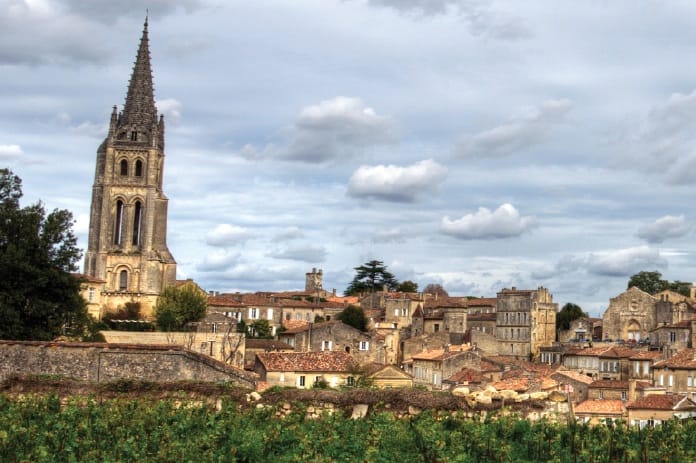
The Institute of Masters of Wine held three events in Sydney. These were a tasting of 2010 Bordeaux wines, an information day for potential students and candidates for the exams, and a dinner for MWs, industry leaders and allcomers.
My most anticipated event was the Bordeaux tasting. This was a repeat of the annual Claret tasting in London that examines how the five-year-old Bordeaux wines are evolving. Early impressions were that the 2010 wines were largely a repetition of the 2009s, the two vintages sharing unusual levels of ripeness and alcohol. My first taste of the 2010s was in a tasting of Bordeaux reds at less than $100 retail I did for Gourmet Traveller WINE magazine last year. Many of these 2010s had generous, ripe flavours and good balance, and were quite impressive. Some were also excellent value. There were few of the big guns there, however, and some of the lower classified wines were trying too hard and had jammy flavours or raisined fruit.
While I missed last year’s Institute tasting of the 2009s, many of the 2010s here showed a contrast with the ’09s that have come my way on various occasions. Of that more shortly. The regions within Bordeaux showed some clear differences. I thought the AC Haut Médoc and Graves wines were variable, although Haut-Bailly, Smith Haut Lafitte and La Lagune were good. Several of the Margaux commune wines were showing excessive levels of oak, but Brane-Cantenac, Durfort-Vivens and Rausan-Segla got it right, showing typical Margaux elegance in this richly flavoured year. The St Juliens were consistent, with rich mid-palates and balanced tannins. All three Lėovilles shone and Branaire-Ducru had a typically stylish wine. In Paulliac, Lynch-Bages and Pichon Baron were very good, but I thought Pontet Canet’s raspberry jam flavours were disappointing. St Estephe has had a great year, in spite of hail before flowering. Cos D’Estournel and Montrose were excellent and Calon Ségur had one of the best wines I’ve ever seen from this château.
The good acid balance of the Médocs and, in most cases, beautifully ripe, balanced tannins have given the wines more consistency than the ’09s and I think the wines will overall prove superior to the earlier vintage, too.
In St Emilion and Pomerol I thought the vintage distinction was less clear. The lush, fleshy, juicy-sweet fruit and less defined structure than the left bank wines reminded me of many of the 2009s, so if you’re after classically defined claret structure, stay on the left bank. Some nevertheless showed well, Canon a good case in point. The wine has very ripe, sweet fruit that’s consistent with the label declaration of 15 percent alcohol and yet it has a stylish balance, beautifully fine tannins and excellent length. At my side, Stephen Henschke commented that when he and Pru were there in 1989, at the time considered a ripe year, Canon had been pleased to achieve 13 percent, with chaptalisation. Figeac – quite Médoc-like – and Cheval Blanc showed better structure than most, probably thanks to their high proportion of the Cabernets. Clinet was good, if oaky, and I loved Nenin, one of my long-term favourites.
Brett sometimes made appearances throughout, but is nothing like as prevalent as in the past. A more common problem was over-oaking. It’s no longer just a New World issue.
Sauternes and Barsac were excellent and in most cases very accessible and delicious now, although the over-oaking tendency was here, too, Guiraud, de Myrat and Haut Peyraguey the chief offenders. Climens and Doisy-Védrines were superb, as was of course d’Yquem. Filhot was typically rich and tropical while Coutet and Suduiraut, perhaps significantly declaring 14 percent alcohol to the others’ 13.5 percent, were underwhelming. It’s clear to me from this tasting there are fewer over-ripe wines from 2010 than 2009, in spite of the alcohol levels being just as high. It’s clear, too, that some châteaux recognise over-ripeness. Ch. La Lagune, above, showed good flavours and balance whereas its second wine, Moulin de La Lagune, that I used in a masterclass for sommeliers last year, was quite raisined and porty.
The information day gave potential MW students a run down on the Institute and its annual study courses and finished with a tasting of six wines with three typical MW exam-type questions. Question two poured a Moscato d’Asti and Stanton & Killeen Classic Muscat and asked you to describe the production details for each wine. There was no identification required but, having recognised the wine styles, you had to know your theory. The third question gave you 2010 Ch. Ducru Beaucaillou and its second wine and asked you to identify the wines, comment on the wines’ relative qualities and their potential to develop in bottle. The firmer tannins of the second wine deceived some tasters.
The dinner was preceded by an address and discussion session, with three speakers – Brian Walsh, Tom Carson and Mike Bennie, who each spoke for 10 minutes – chaired by Michael Hill Smith MW. Brian, as interim chair of AGWA, spoke on how the newly-formed authority was addressing its new charter. Some key points were Australia’s need to drop ‘value’ from our international communications, reduce the emphasis on varietal labelling in favour of regional and concentrate on the promotion of fine wine. “Brand Australia is dead!” he told us. He also amazed us by saying that, after preserved R&D funding and the fixed costs of our regional offices and regular events, AGWA has less than one million dollars of discretionary promotional spend.
Tom Carson’s impassioned talk centred on the need to either move to volumetric taxation or use the WET rebate to support only fine wines, as the current tax regime favours casks and penalises the fine regional wines for which we are gaining a greater reputation. “Get rid of cheap wine and import it from highly-subsidised countries overseas” was his gist. Mike Bennie described the new forms of communication which were spreading information and opinion rapidly and told us that the definition of ‘fine wine’ had broadened. It was no longer determined by grey-haired men in white coats. (I’ve seen you in white coats, too, Mike!) There was overall a very positive view in the discussions that followed.
We received challenges, clarification, strong opinion and reassurance from the three events. Hopefully they’ll all become annual. Many thanks to organisers Sally Lewis and MWs David Lemire, Mike Hill Smith and Tim Wildman.
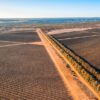


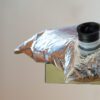


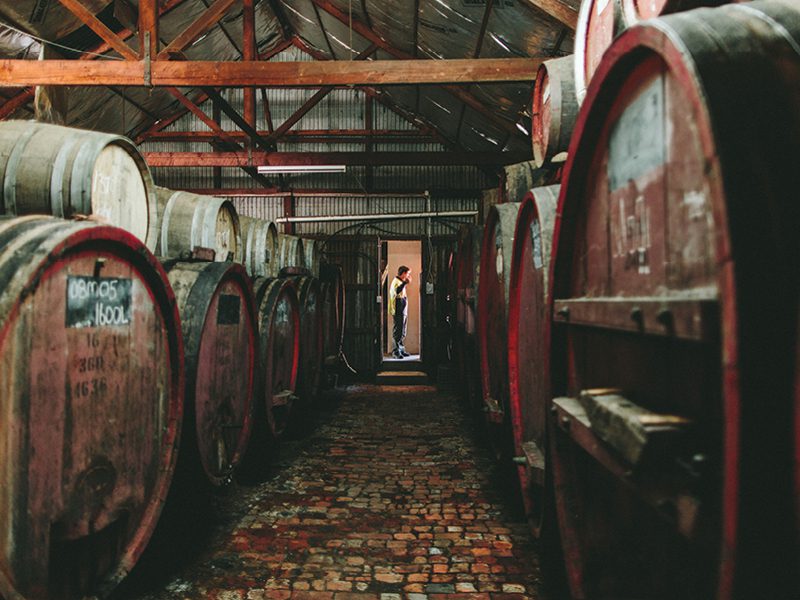

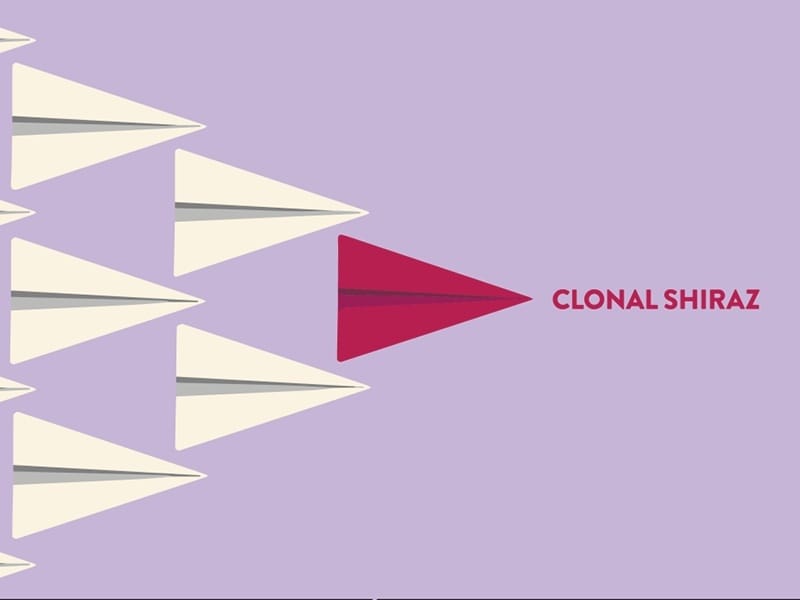
Recent Comments